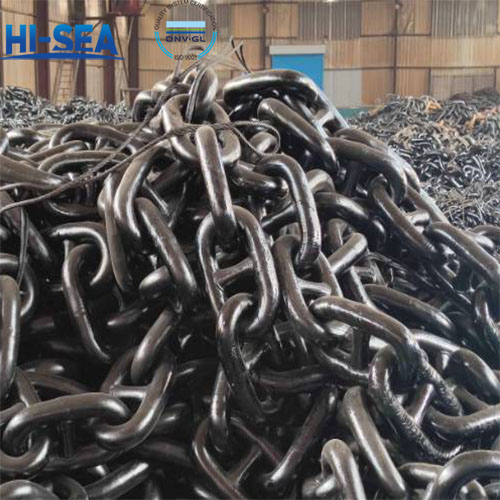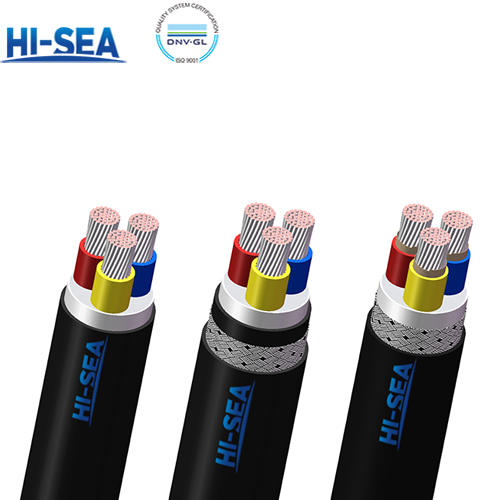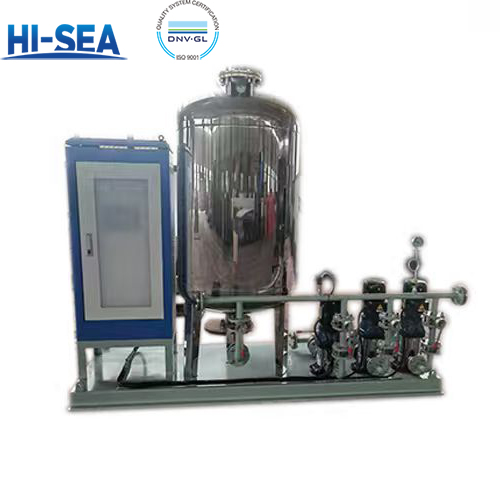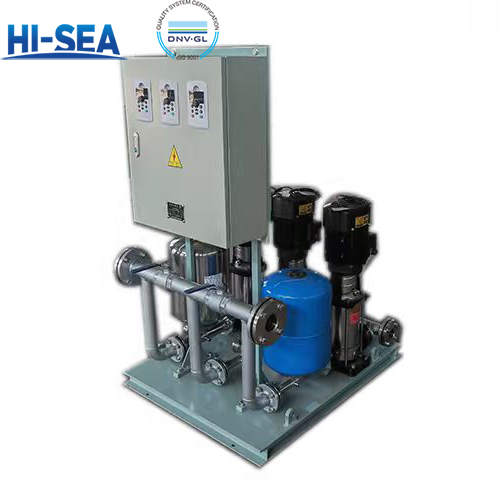
Mooring Chain Production Process
The production of mooring chains involves several stages, ensuring that the chains are strong, durable, and capable of withstanding harsh marine environments. Here is an overview of the mooring chain production process:
Overview
Raw Material Selection:
High-quality steel is chosen for its strength and durability. Common of steel used Special anchor chain steel.
Heating:
The steel pieces are heated in a furnace to a high temperature to make them malleable. The temperature and duration of heating depend on the type of steel and the desired properties of the final product.
Forming:
The heated steel pieces are formed into the shape of chain links using a press or forging hammer. This process involves bending the steel into a loop and welding the ends together. For large chains, links may be formed individually and then connected.
Welding:
The ends of the formed links are welded together to create a closed loop. This is a critical step that ensures the integrity and strength of the chain. Advanced welding techniques, such as flash butt welding or arc welding, are commonly used.
Heat Treatment:
The welded links undergo heat treatment processes like quenching and tempering to enhance their mechanical properties. This involves heating the links to a specific temperature and then rapidly cooling them.
Proof Testing:
Each link or a sample of the chain is subjected to proof testing to verify its strength and load-bearing capacity. This is typically done using hydraulic machines that apply a predetermined load to the chain.
Surface Treatment:
The chains are treated to resist corrosion, which is essential for marine environments. This can include processes like galvanizing (coating with zinc), painting, or applying other protective coatings.
Inspection and Quality Control:
Thorough inspections are carried out to ensure the chains meet industry standards and specifications. This includes visual inspections, dimensional checks, and non-destructive testing methods such as ultrasonic or magnetic particle testing.





